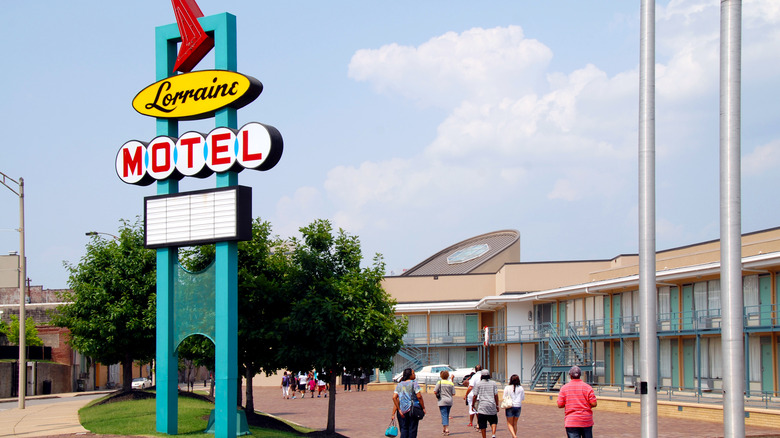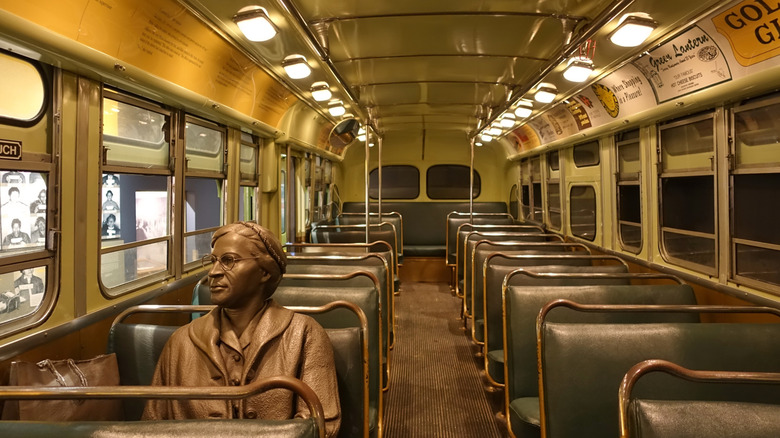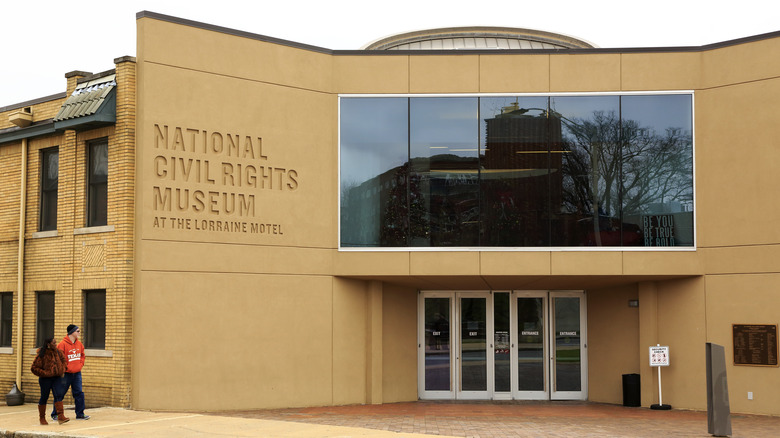People who go to Tennessee looking for good music and great food often head to Nashville, but Memphis is a worthy and less expensive alternative to the state capital. This cool and often underrated city is the home of the blues, rock ‘n’ roll, and soul. It also offers beautiful walks along the Mississippi River, large urban green spaces, and many important historic sites. There are so many things to do in this city that you’ll probably need more than one visit, but if you were to prioritize a single landmark, it should be the National Civil Rights Museum.
A Smithsonian Institution Affiliate, this museum is located on the site of the Lorraine Motel, where Dr. Martin Luther King Jr. was tragically assassinated on April 4th, 1968. The facade of the motel has been restored to look exactly as it did on that day, and a wreath permanently decorates the balcony of Room 306, where Dr. King stood when a sniper callously ended his life. Once inside, the museum offers a brief history of the human rights abuses inflicted upon Black people in America. The permanent exhibition begins with the Transatlantic Slave Trade and describes the lives of people who were kidnapped from their countries and forcibly brought to the Americas. Later wings detail important moments in the nation’s history, like the Civil War, Reconstruction, and Jim Crow. Of course, the majority of the museum focuses on the fight of the Civil Rights Movement to end segregation and gain equality.
Learning about the Civil Rights Movement
As you move through the exhibits, the interactive museum immerses you in this powerful movement that permanently changed the country. Rather than just learning about the bus boycott in Montgomery, Alabama, for instance, you’re invited to board a bus like the one Rosa Parks would’ve ridden in 1955. You can sit next to a statue of the activist as you listen to the bus driver screaming at you to get off the bus. When you reach the section that covers the sit-in protests, in which Black people entered “whites only” restaurants, you stand in front of a lunch counter where statues of three protesters defiantly ignore a group harassing them. You also see video footage, newspaper clippings, and other historical material documenting the movement, serving as a sober but important reminder that this cruel system existed not too long ago.
Eventually, visitors arrive at a glass panel that looks right into Room 306, where Dr. King spent his final hours. The room is decorated to replicate what it would’ve looked like right at the moment when Dr. King’s life was violently interrupted. Seeing the room frozen in time, with an empty food tray and a half-finished cigarette, it’s impossible not to feel moved. The final section covers the plight for equality from the late 1960s to today. As you walk out, you understand why this museum is considered one of the most important in the entire country.




